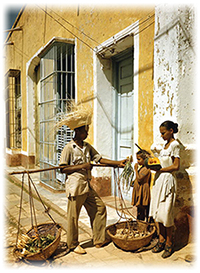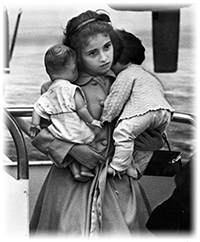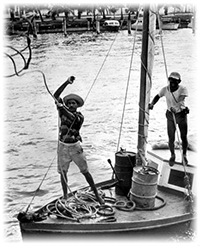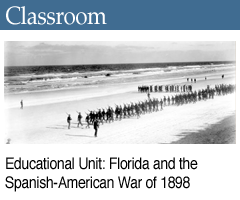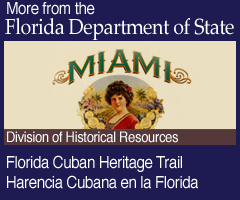The Cuban Experience in Florida: Revolution and Exodus
Florida is only 90 miles from the island of Cuba, but since the Cuban Revolution of 1959 this distance has seemed far greater.
Few tourists snapping photos at the Southernmost Point know how close the two nations once were. For many Americans and Cubans alike, Cuba before the revolution seemed like an extension of the United States.
The Cuban cigar industry first came to Florida in the 1830s. Large Cuban communities developed in Ybor City and Key West by the late 1800s. During the Spanish-American War, Florida served as the base of operations for the Cuban exile community. After Cubans achieved independence from Spain in 1898, the culture, politics and economies of the United States and Cuba became closely intertwined.
Revolution and Exodus
Rebels seized control of Havana, Cuba’s capital, on January 1, 1959. The ensuing revolution changed Cuba forever.
The revolutionary government restricted American influence on the island and by the early 1960s had seized American-owned property in Cuba.
The United States responded with an embargo restricting commerce between the United States and Cuba, which is still in place today.
Many Cubans feared they would be targeted by the revolutionary government. Thousands of refugees fled the island for the United States. The majority of Cuban refugees ended up in Florida.
By October 1962, nearly 250,000 Cubans had arrived in the United States. Subsequent waves in the 1970s, 1980s and 1990s increased the Cuban refugee population in the United States to over one million.
Cuban Refugee Assistance Program
The Cuban Refugee Assistance Program (CRA) was an unprecedented refugee assistance program brought about by the mass exodus of Cubans from their homeland. The CRA provided health, employment and educational services to Cuban refugees upon their arrival in the United States. The program, approved by President John F. Kennedy in 1961, was administered by the Florida Department of Public Welfare until 1974.
At the national level, the CRA was an important component of U.S. foreign policy during the Cold War. The U.S. hoped that programs like the CRA would help improve the reputation of the American government abroad. The CRA also allowed the U.S. to oppose the government of Fidel Castro by strengthening the Cuban exile community.
This unit provides insight into the experience of Cuban refugees in Florida using photographs, government documents, letters, videos and interviews from the collections of the State Library and Archives of Florida.
- The Cigar Industry Changes Florida
- Florida and the Spanish-American War of 1898
- Additional Related Resources

 Listen: The FolkFolk Program
Listen: The FolkFolk Program